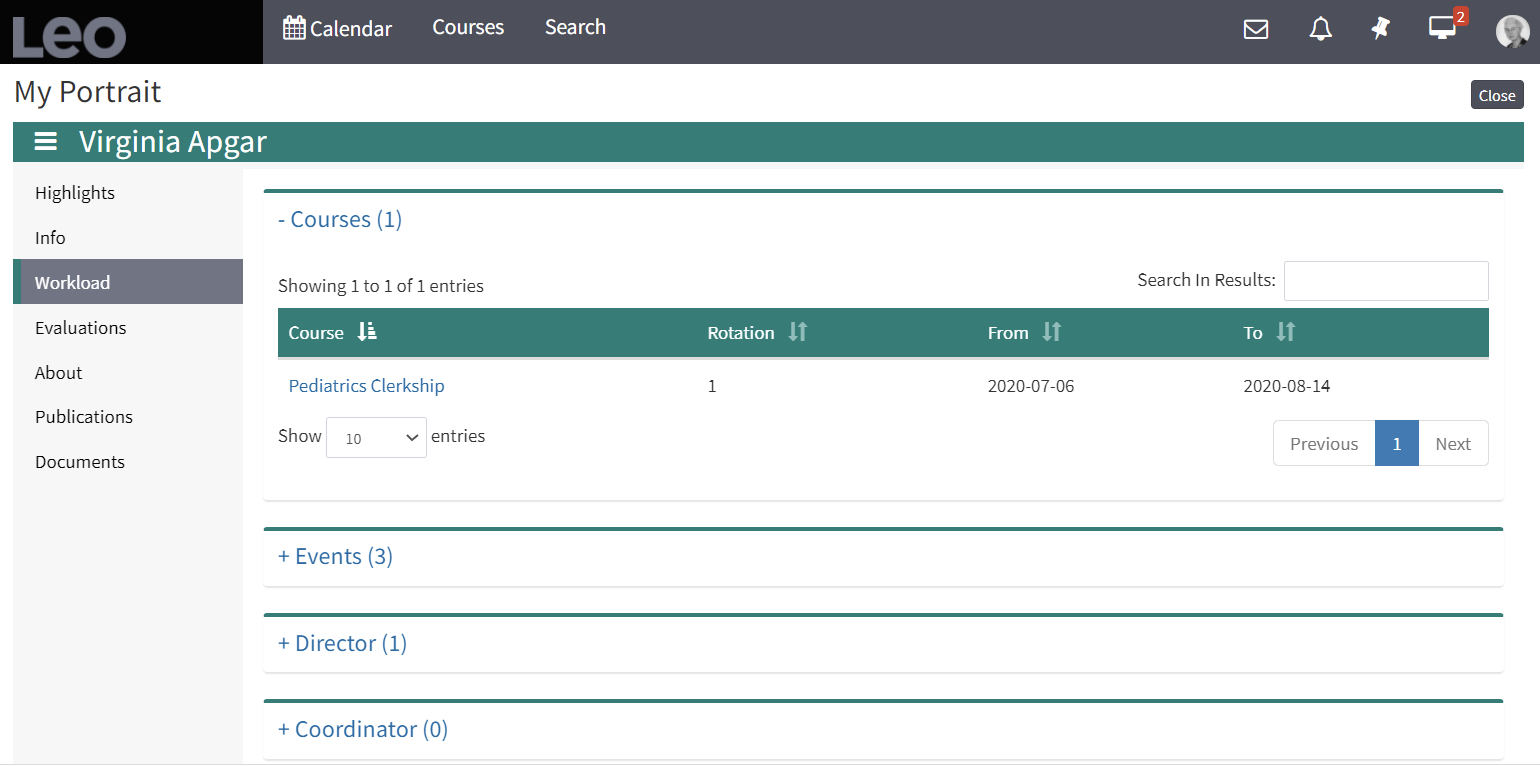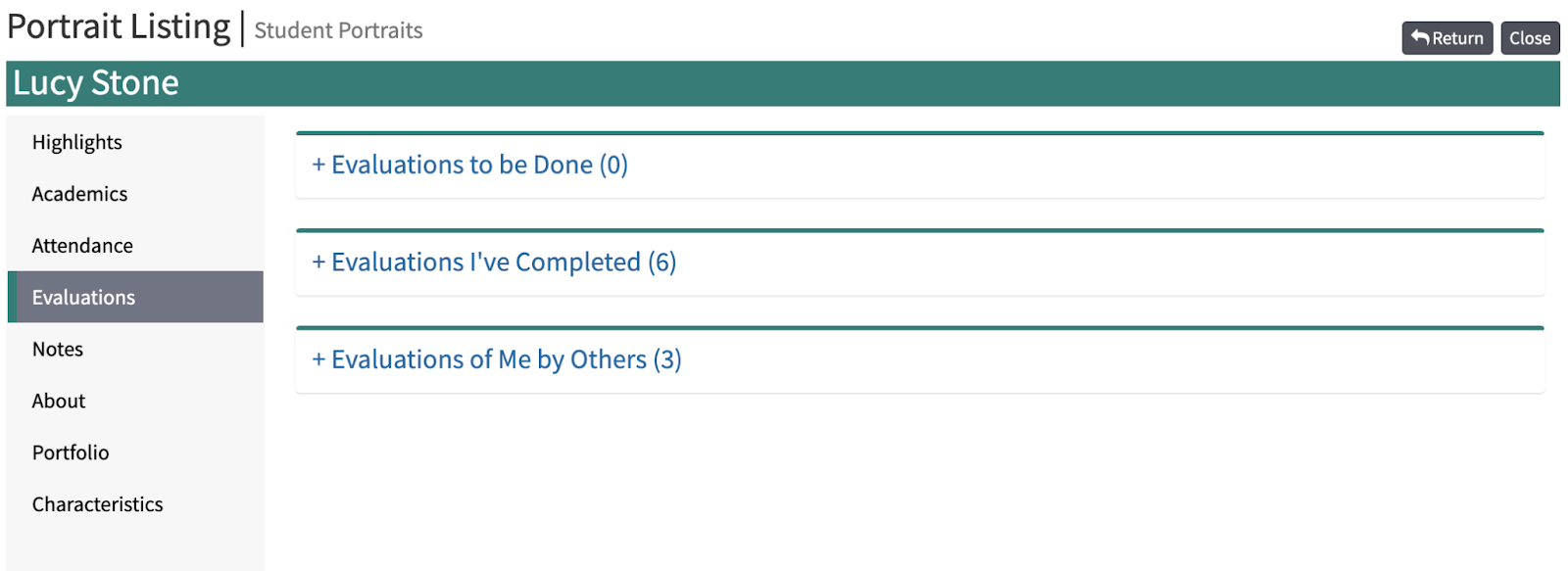successes
Tracking Faculty Accomplishments in Health Professions Education
Faculty play arguably the most important role, apart from actual students, in any learning organization. No one is showing up to learn unless you have a capable individual who is available to teach!
At many institutions of higher learning, especially programs in health professions, the process of hiring faculty members, evaluating faculty performance, promoting faculty, and granting tenure, is often mired in obscure processes and procedures. In fact, when faced with the development of a faculty dossier (a collection of forms and documentation used to assess whether junior faculty members should be promoted and/or granted tenure) many are left wondering, “what should this look like?” Faculty members like Andrew Rumbach have sought to demystify the process for aspiring academics and future educators by blogging about the process.

Rumbach, and others, offer a lot of advice on how to best prepare a faculty dossier. One of the most important themes running through their work is that junior faculty members should start preparing for the process the moment (even before) they step foot on campus. This means faculty need to keep track of their scholarly contributions (i.e. publications) as well as their contributions to teaching and learning at their institutions and the services they have provided to or for their community.
For junior faculty members who are often tackling workloads that include teaching classes, advising undergraduate and/or graduate students, and conducting original research all while pursuing grants and funding to support that research, keeping track of all of their scholarly efforts is often an afterthought. At least, it’s an afterthought until the point in time they start thinking about their faculty dossier.
At that point, many faculty are left sifting through various sets of records to ascertain which courses or on which topics they taught, how they were evaluated by students, find records of community service, ask for letters of recommendation from deans and committees, among other requirements. Which leads back to one of the most common tips offered by faculty with regards to the tenure process, start preparing the moment you arrive on campus.
For faculty in health professions programs using Leo, the Faculty Portrait is the perfect place to keep track of information that will prove helpful when compiling a faculty dossier. Leo intelligently keeps track of all the courses in which faculty have taught as well as the specific learning events for which they were listed as an instructor. Leo goes further to track which courses they directed, or coordinated as well.

Leo also provides quick access to evaluation summaries completed by students (of course, Leo honors student privacy rules in granting faculty access to student evaluations and comments). Gone are the days of having to print pages of evaluation results to cram into a filing cabinet. With Leo, all of the evaluation results are just a few clicks away.

Leo also provides a way to keep track of all faculty publications that show up in PubMed using their ORCID ID. This data, like most other reports in Leo, is easily exported as a .csv file and can be used when merging document templates for use in the dossier or for other purposes.
Perhaps the most helpful component of the faculty portrait is the Document section. This area allows faculty to upload virtually any document they need to store, by category. Whether faculty need to keep track of service to their community, save letters of recommendation, or simply keep a copy of an up-to-date curriculum vitae, Leo allows faculty to upload any sort of file as well as create categories to keep them all organized. So, when they come back and start preparing their dossier, everything is simply right there for them to access.
Leo also provides an Info screen. This is simply just a flexible space for faculty to create! They can embed media, link to other web pages, add images, and more! This can be used as a showcase of faculty accomplishments, or simply a place to keep a faculty bio up to date.

The tenure and promotion process is often quite a difficult one, filled with all sorts of processes and procedures that must be followed. The Faculty Portrait can help to ease this burden by giving faculty a single place to find the data they need, and store the data and documents on which they’ve worked so hard. We’ve always argued that, with Leo, schools can be accreditation ready, always. We certainly stand by that mantra, but perhaps we can also help faculty to be dossier ready as well.











